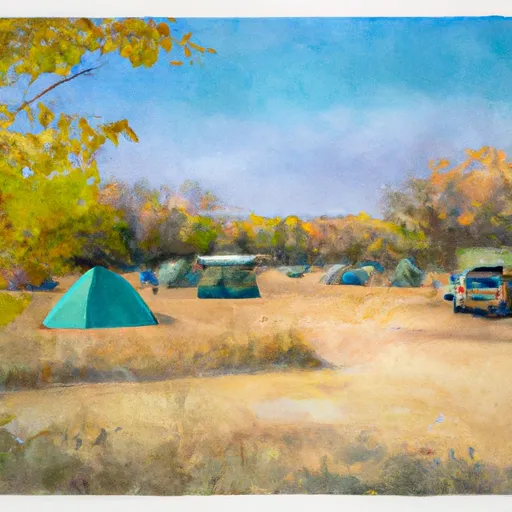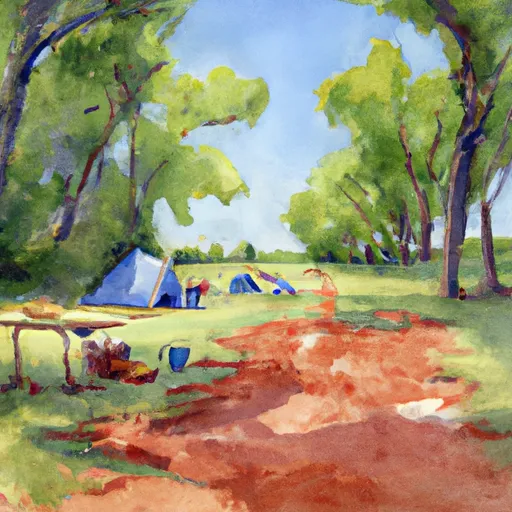Summary
Summers are warm with temperatures ranging from the 80s to the low 90s Fahrenheit, while winters are cold with temperatures dropping to the 20s and 30s. Spring and fall bring mild temperatures, perfect for outdoor activities.
Hydrologically, Shawnee is surrounded by several major water bodies, including the Kansas and Missouri Rivers. The region's hydrological system plays a crucial role in supporting the area's biodiversity and providing recreational opportunities. The Kansas and Missouri Rivers offer fishing, boating, and water sports, while nearby Shawnee Mission Park boasts a lake for swimming, fishing, and paddleboarding.
Shawnee is known for its extensive park system, offering a wealth of outdoor recreation opportunities. Shawnee Mission Park, the largest in the county, spans over 1,200 acres and features hiking and biking trails, picnic areas, and a disc golf course. The park also hosts various events and festivals throughout the year. Additionally, Shawnee boasts numerous neighborhood parks with playgrounds, sports fields, and walking paths, providing ample space for outdoor activities and family outings.
Weather Forecast
Shawnee receives approximately 992mm of rain per year, with humidity levels near 81% and air temperatures averaging around 13°C. Shawnee has a plant hardyness factor of 6, meaning plants and agriculture in this region thrive during a short period during spring and early summer. Most plants will die off during the colder winter months.
Area Campgrounds
| Location | Reservations | Toilets |
|---|---|---|
 Scout Campsite #2
Scout Campsite #2
|
||
 Scout Campsite #1
Scout Campsite #1
|
||
 McDonald
McDonald
|
||
 Carson
Carson
|
||
 Cody
Cody
|
||
 Beard
Beard
|

 Chatlain Park
Chatlain Park
 West Flanders Park
West Flanders Park
 Herman E Laird Park
Herman E Laird Park
 Vavra Park
Vavra Park
 Gum Springs Park
Gum Springs Park